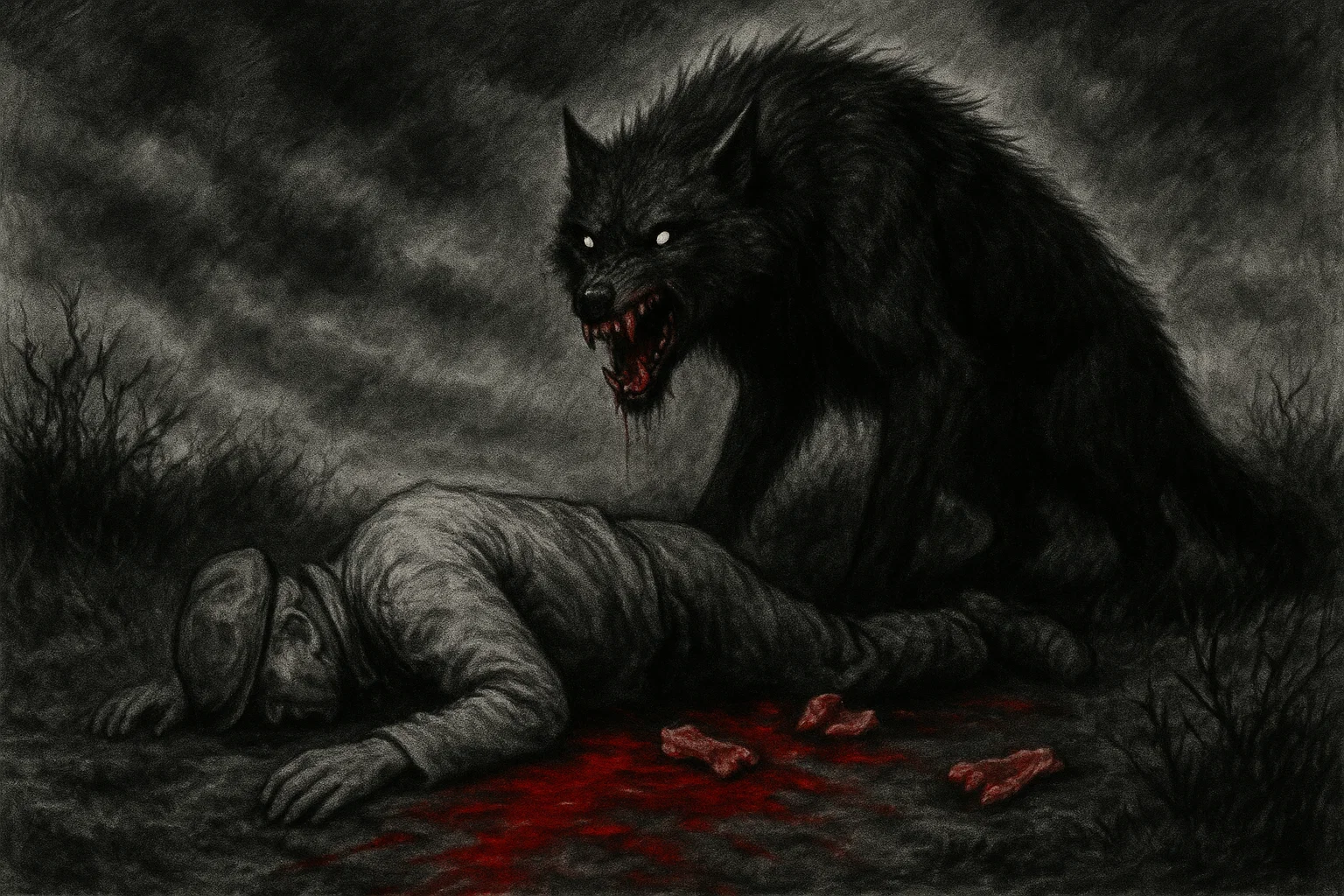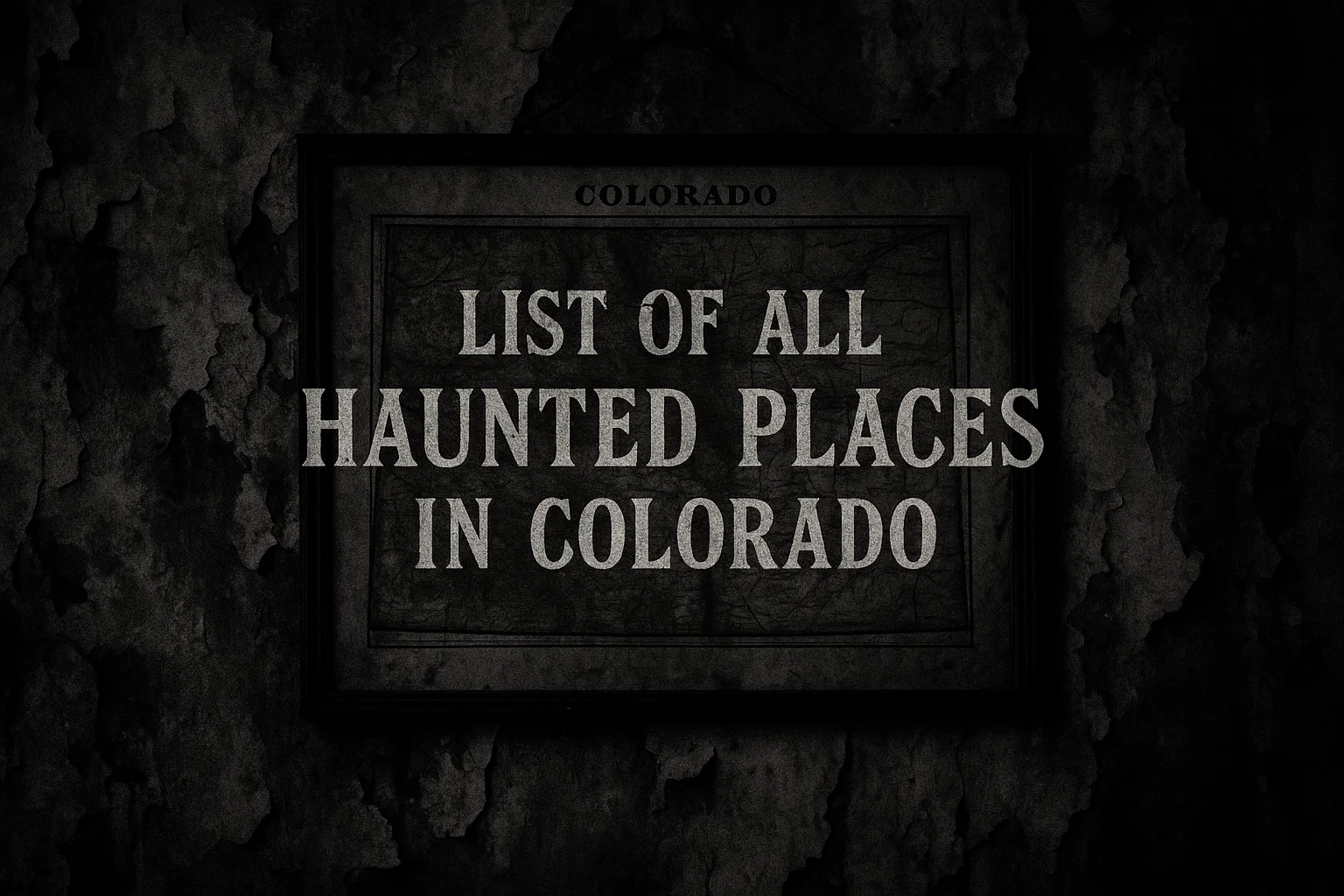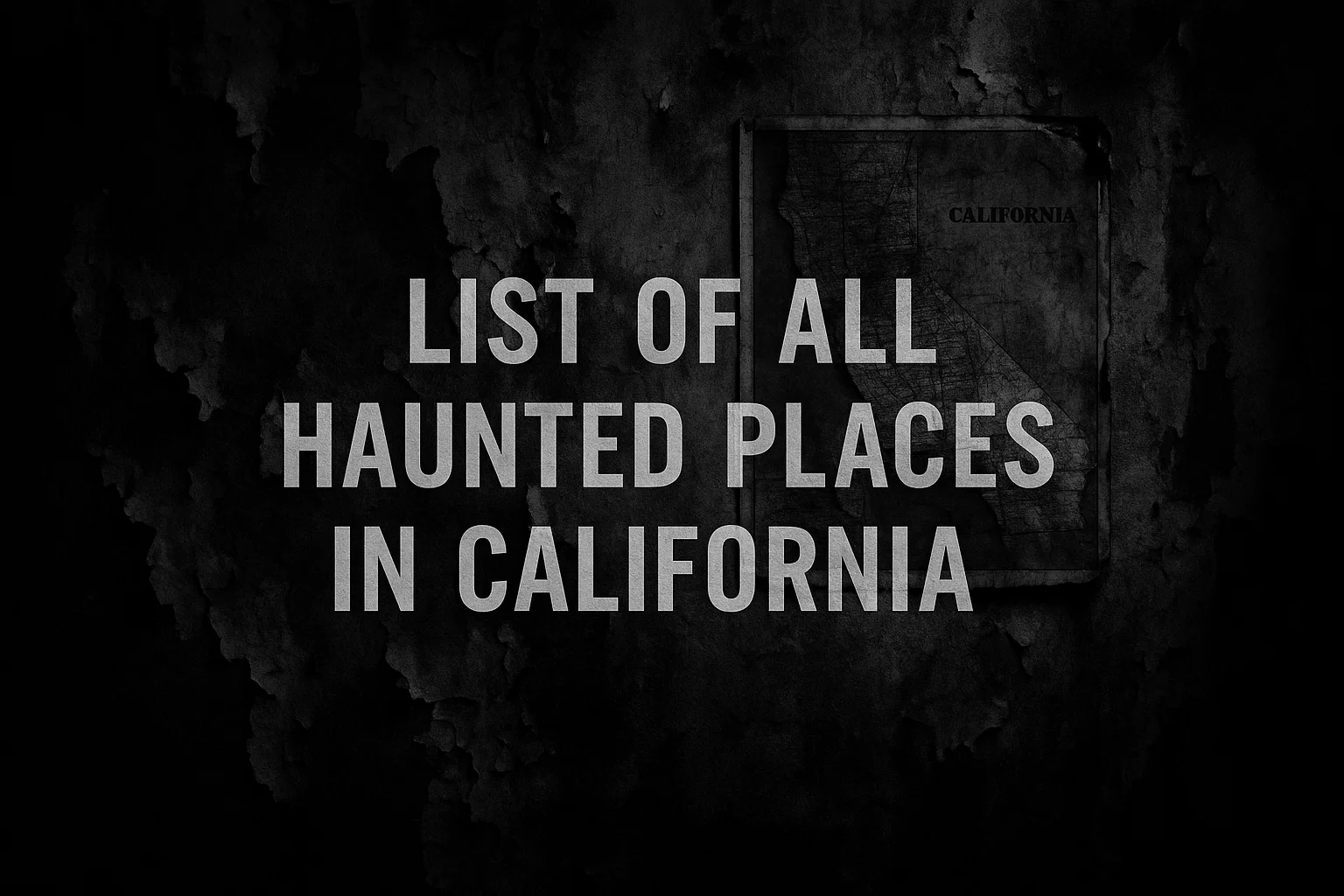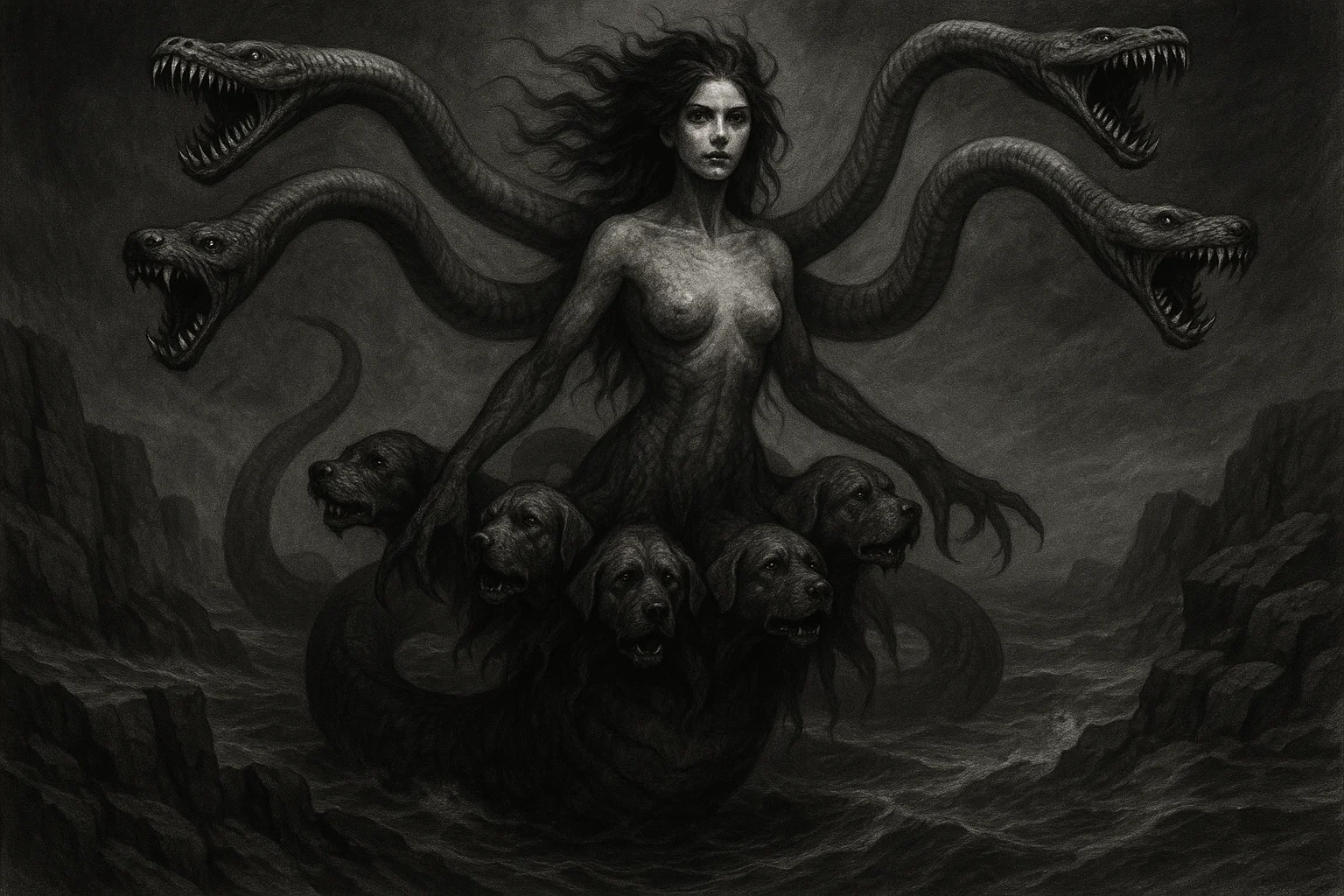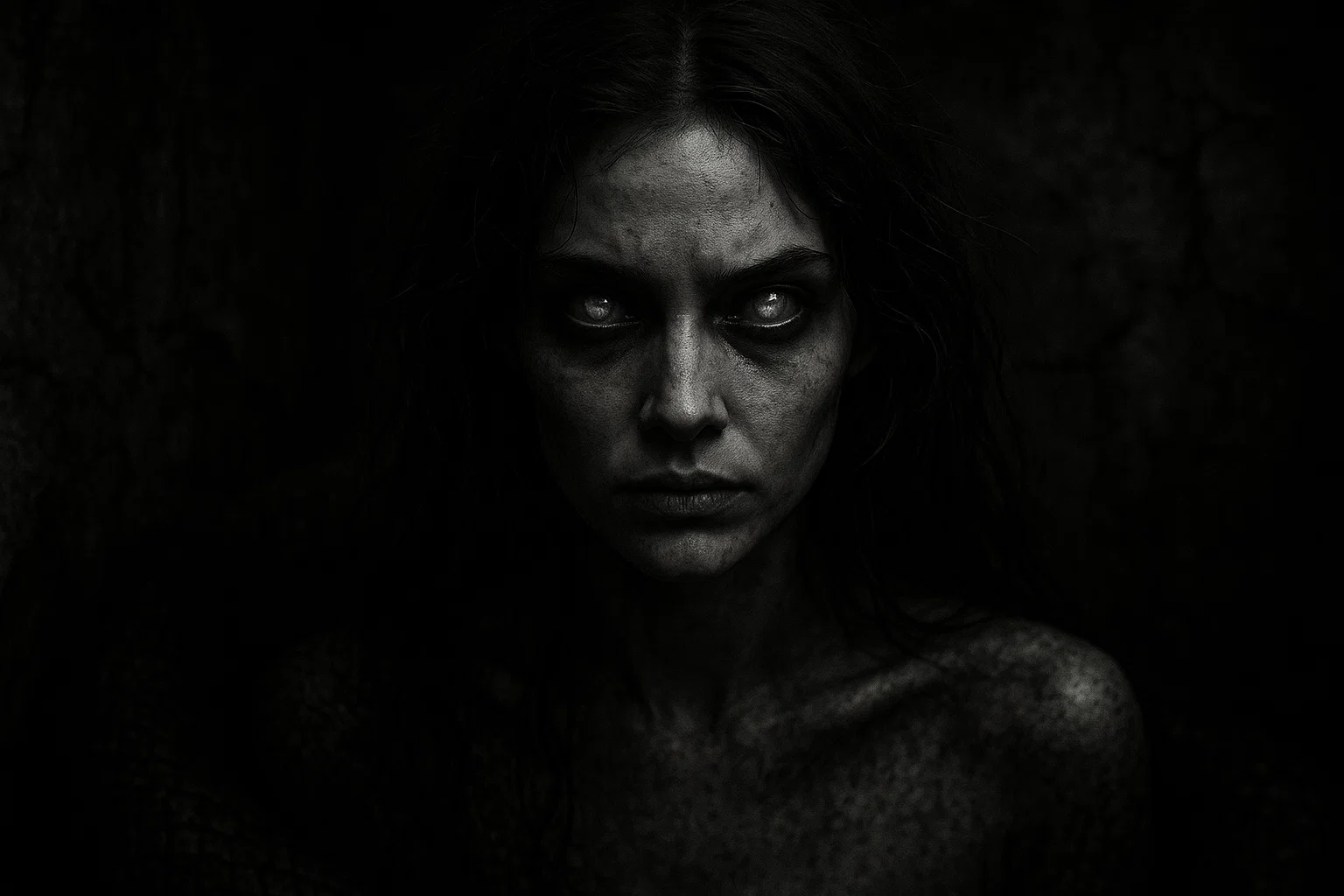The Werewolf of Pavia case, a haunting episode from 1541 in Pavia, Italy, centers on a farmer accused of transforming into a wolf and committing horrific attacks.
This chilling tale, steeped in Renaissance-era superstition, captures the fear and fascination surrounding lycanthropy—the belief in humans turning into wolves.
Documented in sparse but vivid detail, the case reveals the brutal judicial practices and societal paranoia of the time, making it a compelling study of folklore and fear.
Summary
Overview
| Aspect | Details |
|---|---|
| Name | Unknown (referred to as the Werewolf of Pavia) |
| Location | Pavia, Duchy of Milan, Italy |
| Year | 1541 |
| Accusation | Transforming into a wolf, attacking and killing multiple victims |
| Fate | Captured, mutilated by magistrates, died from injuries |
Who Was the Werewolf of Pavia?
The Werewolf of Pavia was a farmer whose name remains lost to history, known only through his infamous accusation of being a werewolf.
Living in the rural outskirts of Pavia, a prosperous city in the Duchy of Milan, he was likely a peasant engaged in the laborious tasks of farming—tilling fields, tending livestock, and navigating the hardships of 16th-century agrarian life.
His anonymity, a hallmark of many such cases, reflects the era’s focus on the monstrous rather than the individual, as communities sought scapegoats for unexplained violence.
Described as an ordinary man before his transformation, the farmer’s life was unremarkable until whispers of his nocturnal prowling spread. Local lore painted him as solitary, perhaps eccentric, with no recorded family or social ties.
His physical appearance, as recounted in Jobus Fincelius’s De mirabilibus (1556), was typical of a laborer: weathered by toil, with calloused hands and a gaunt frame.
Yet, his alleged ability to shift into a wolf form—marked by a claim that his hair grew inward—set him apart as a figure of dread. This peculiar detail, unique to his case, suggests a blend of delusion, folklore, or coerced confession, making him a symbol of the era’s obsession with supernatural predation.
You May Also Like: Two-Headed Dogs Experiment: Inside a Soviet Medical Horror
Werewolf of Pavia’s Story
In the spring of 1541, the countryside surrounding Pavia was gripped by terror. A series of savage attacks left villagers mutilated, their bodies torn as if by a ferocious beast.
The Werewolf of Pavia, a farmer from a hamlet near the Ticino River, was accused of these atrocities, believed to transform into a wolf under the moon’s glow.
The accusations painted a gruesome picture: he allegedly roamed the fields and forests, targeting travelers, shepherds, and children, leaving a trail of carnage that shocked the community.
The first recorded attack occurred in March 1541, when a shepherd named Matteo da Lodi was found dead near a copse of oaks, his throat ripped open and limbs mangled.
Witnesses claimed to have seen a massive wolf fleeing the scene, its eyes glinting in the twilight.
Days later, a young girl, Lucia of Vigevano, vanished while gathering herbs; her remains, discovered in a ditch, bore claw marks and bite wounds consistent with a predator’s assault.
Over the next two months, at least seven more victims—four men, two women, and a boy—were reported dead, their bodies eviscerated, with some partially devoured. The brutality of these killings, described as “unnatural” by local clergy, fueled rumors of a lycanthrope stalking the land.
Villagers reported eerie howls echoing through the night, and farmers found livestock slaughtered, their carcasses strewn across fields. The community’s panic grew as sightings of a wolf-like figure—sometimes described as standing upright—spread.
A tavern keeper, Giovanni Rosso, claimed to have seen the creature near the Vernavola stream, its fur matted with blood. These accounts, though likely exaggerated by fear, prompted the local magistrate, Signore Antonio Visconti, to organize a hunt.
Armed with pitchforks, muskets, and blessed silver, a posse of villagers scoured the countryside, setting traps and patrolling under moonlight.
The farmer’s capture came in late May 1541, after a trapper named Paolo of Certosa spotted a figure near a ravaged sheep pen. The man, covered in dirt and blood, was seized after a struggle, during which he reportedly snarled like a beast.
When brought before the authorities, he confessed to being a werewolf, claiming he transformed at night to hunt human prey. His confession included a bizarre detail: unlike a natural wolf, whose hair grew outward, his grew inward, a trait he believed marked his cursed nature.
This claim, recorded by Fincelius, may reflect the farmer’s attempt to explain his actions or the interrogators’ focus on supernatural signs.
The accusations against the farmer were rooted in a mix of eyewitness accounts, physical evidence (such as claw-like marks on victims), and the era’s belief in lycanthropy.
The community, steeped in Catholic doctrine and folklore, saw his alleged transformation as a sign of demonic possession or divine punishment. The authorities, under pressure to restore order, accepted these claims without skepticism, reflecting the era’s conflation of crime with the supernatural.
The farmer’s early life remains obscure; he was likely born around 1500–1510, given his status as an adult laborer, but no records detail his family, upbringing, or prior behavior. This lack of personal history suggests he was an ordinary peasant until the accusations thrust him into infamy.
The gruesome nature of the crimes—bodies torn apart, organs missing, and faces disfigured—intensified the community’s horror. One victim, a merchant named Carlo Bianchi, was found with his abdomen slashed open, his intestines spilling onto the grass.
Another, a boy named Tommaso, was discovered with his skull crushed and limbs severed, as if the attacker had reveled in the act. These details, though horrific, were consistent with the era’s tendency to amplify violence in werewolf narratives, possibly to justify harsh punishments.
The hunt for the Werewolf of Pavia united the community in fear and resolve, but it also revealed the fragility of social order in a time when superstition reigned.
You May Also Like: The 1986 Kobe Middle School Murders | Horror Story
Werewolf of Pavia Trial
The capture of the Werewolf of Pavia in May 1541 marked the beginning of a brutal and chaotic judicial process.
Dragged to Pavia’s central gaol, a dank stone cell beneath the Palazzo della Ragione, the farmer was shackled and subjected to immediate interrogation.
The magistrates, led by Antonio Visconti and supported by a local priest, Father Lorenzo da Cremona, sought to confirm his lycanthropic nature. The interrogation was relentless: the farmer, already battered from his capture, was stripped naked and beaten with rods to extract a confession.
Under duress, he reiterated his claim of transforming into a wolf, describing how the change came upon him during full moons, driven by an insatiable hunger for flesh. He spoke of the inward-growing hair, a detail that fascinated the magistrates.
To test this claim, they ordered a barber-surgeon, Maestro Guglielmo, to shave parts of his body, searching for evidence of this anomaly. Finding no such proof, the magistrates escalated their methods, employing thumbscrews and hot irons to force further admissions.
The farmer’s screams echoed through the gaol as he confessed to killing nine people, though he could not name them or provide specific details, likely due to delirium or coercion.
The trial itself was less a formal proceeding than a public spectacle. Held in Pavia’s main square, it drew a crowd of fearful and curious onlookers. The magistrates, dressed in black robes, presented the farmer as a demonically possessed creature, reading aloud his confession to gasps and prayers from the crowd.
No defense was offered, as the era’s judicial system rarely allowed accused werewolves to speak beyond confessions. The priest, Father Lorenzo, invoked scripture, declaring the farmer an agent of Satan, which further inflamed the crowd’s demand for punishment.
The magistrates’ obsession with proving the farmer’s lycanthropy led to a horrific decision: they ordered his arms and legs be severed to examine whether his hair grew inward.
On June 3, 1541, in a blood-soaked spectacle, a local executioner used a heavy axe to dismember the farmer while he was still alive. The crowd watched in horrified silence as his limbs were hacked off, blood pooling on the cobblestones.
The examination revealed no unusual hair growth, but the farmer, weakened by torture and blood loss, died shortly after, his body convulsing in agony. His remains were burned in the square, a common practice to prevent the werewolf’s spirit from returning, and the ashes were scattered in the Ticino River.
The trial’s brutality shocked even some contemporaries, with a local scribe noting the magistrates’ “savage zeal” in their pursuit of supernatural evidence.
The lack of a formal verdict or documented sentence suggests the process was more about appeasing public fear than seeking justice. The farmer’s death, though gruesome, restored a semblance of order to Pavia, as villagers believed the werewolf threat had been eradicated.
You May Also Like: Gozu Urban Legend: The Story That Allegedly Kills You
Werewolf of Pavia vs Other Werewolves
The Werewolf of Pavia case shares common threads with other historical lycanthropy accusations but is distinguished by its sparse documentation and unique judicial cruelty.
Below is a comparison with other notable werewolf cases:
| Case Name | Year | Location | Key Details |
|---|---|---|---|
| Peter Stumpp | 1589 | Bedburg, Germany | Accused of killing and eating children as a wolf; confessed under torture to a pact with the devil; executed by breaking on the wheel. |
| Gilles Garnier | 1573 | Dole, France | Known as the “Hermit of Saint-Bonnot”; killed and ate children; confessed to demonic aid; burned at the stake. |
| Werewolves of Poligny | 1521 | Poligny, France | Pierre Bourgot, Michel Verdung, and Philibert Mentot accused of eating children as wolves; burned at the stake. |
| Jean Grenier | 1603 | Bordeaux, France | Young shepherd confessed to attacking children as a wolf; deemed insane and imprisoned for life. |
| Jacques Roulet | 1598 | Angers, France | Killed a boy as a wolf; confessed without torture; sentenced to death but later deemed insane. |
| Thiess of Kaltenbrun | 1692 | Livonia, Estonia | Claimed to be a werewolf fighting devils; whipped for blasphemy, not executed. |
| Manuel Blanco Romasanta | 1853 | Spain/Portugal | Spain’s first serial killer; claimed lycanthropy; executed for murder. |
| Beast of Gévaudan | 1764–67 | Gévaudan, France | Wolf-like creature killed over 100 people; never conclusively identified as a werewolf. |
| Hans the Werewolf | 1582 | France | Accused of attacking livestock as a wolf; confessed under torture; executed. |
| Werewolf of Châlons | 1598 | Châlons, France | “Demon Tailor” lured and killed children; burned at the stake. |
The Werewolf of Pavia aligns with other cases in its focus on violent transformation, confessions (often coerced), and public executions. The targeting of vulnerable victims, such as children or travelers, and the use of lycanthropy to explain violence are common themes across these cases.
Pavia’s case is unique for its focus on the inward-hair claim and the extreme mutilation to test it. Unlike Peter Stumpp or Gilles Garnier, which involved elaborate demonic pacts, Pavia’s narrative is simpler, possibly due to limited documentation.
Cases like Jean Grenier and Jacques Roulet considered mental illness, while Pavia’s magistrates sought only physical proof. The Beast of Gévaudan stands apart as an unresolved mystery, contrasting with Pavia’s clear human culprit.
Was the Werewolf of Pavia Real?
The Werewolf of Pavia case is documented primarily by Jobus Fincelius in his 1556 work De mirabilibus, a collection of wonders and anomalies from the Renaissance era.
Fincelius, a German humanist and physician, included the story in Book XI, describing the farmer’s confession and the magistrates’ brutal response. His account is vivid but brief, detailing the farmer’s claim of inward-growing hair and his death by mutilation.
However, no contemporary records from Pavia—such as court documents, parish registers, or local chronicles—corroborate the tale, casting doubt on its authenticity.
Fincelius’s work was not a historical record but a compendium of curiosities, blending fact and folklore. His inclusion of the Werewolf of Pavia may have served to entertain or warn readers about the dangers of superstition, rather than to document a verified event.
The absence of additional sources, such as trial records from the Duchy of Milan or mentions in Italian chronicles, suggests the story may have been exaggerated or fabricated.
For comparison, other werewolf cases, like Peter Stumpp (recorded in multiple German pamphlets) or Gilles Garnier (documented in French court records), have richer source material, lending them greater credibility.
Scholars speculate that the Werewolf of Pavia could reflect a real incident distorted by folklore. The farmer may have been a scapegoat for unexplained murders, possibly committed by a human predator or wild animals.
The era’s belief in lycanthropy—often linked to witchcraft or demonic possession—provided a framework for interpreting such crimes. Alternatively, the farmer may have suffered from clinical lycanthropy, a psychological condition where individuals believe they transform into animals.
This theory aligns with cases like Jean Grenier, where mental illness was considered. However, the lack of medical or psychological analysis in Pavia’s case, combined with the magistrates’ focus on physical proof, suggests the story was shaped by superstition rather than evidence.
The gruesome details of the farmer’s mutilation may also reflect the era’s judicial practices, where torture was used to extract confessions and public executions served as moral spectacles.
Similar cases, such as the Werewolves of Poligny, involved brutal punishments, but Pavia’s specific act of dismemberment to test a supernatural claim is unique.
Without additional sources, the case remains a compelling but uncertain fragment of 16th-century folklore, blending historical fears with the macabre imagination of the time.
You May Also Like: Burned as a Werewolf: The True Story of Claudia Gaillard
Conclusion
The Werewolf of Pavia case, though shrouded in mystery, offers a window into the fears and judicial excesses of 16th-century Europe.
Its reliance on a single source and lack of corroborating evidence make it a tantalizing yet elusive tale, likely amplified by the era’s obsession with lycanthropy and the supernatural. The farmer’s gruesome fate—mutilated to test a fantastical claim—underscores the brutality of a society grappling with the unknown.
This case, while less documented than others, remains a poignant reminder of how fear can distort justice and humanize monsters.
Whether the Werewolf of Pavia was a deluded individual, a victim of societal panic, or a fictional cautionary tale, his story endures as a haunting chapter in the history of werewolf lore, reflecting the dark interplay of superstition and violence in Renaissance Italy.

